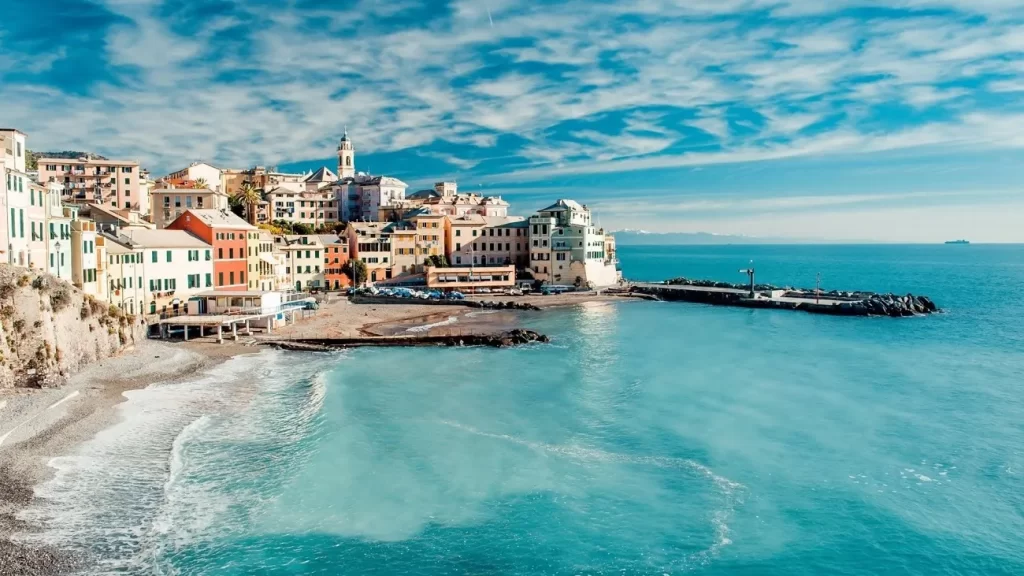Planning the perfect Italian getaway involves more than just booking a flight and packing a suitcase. To truly make the most out of your vacation, you need to consider the best weather to travel Italy and the optimal time to visit. So, when is the best time to travel Italy? Let’s dive into understanding Italy’s weather, peak tourist seasons, and even special festivals that might influence your decision.
Understanding Italy’s Weather Patterns
Italy’s weather varies significantly depending on the region, with different conditions observed in the north compared to the south. Northern areas such as Milan and Turin are usually subject to colder, wetter winters, while you’ll find that places in the South like Sicily maintain a warm climate throughout the year. If you’re looking for a beach vacation, the summer months, stretching from June through August, could be perfect for you with the entire country experiencing high temperatures. However, the summer heat might be too overwhelming for city exploration. Spring and fall emerge as the most balanced seasons for visiting Italy, with moderate temperatures that are suitable for both city and coastal excursions.
Considering Peak Tourist Season in Italy
The influx of tourists in Italy is an important factor to take into account when planning your trip. The most bustling period is in the summertime, with July and August drawing the largest crowds. Iconic landmarks such as the Colosseum in Rome or the Uffizi Gallery in Florence can be quite crowded during these months, and the same applies to major cities in general. Concurrently, these months often bring higher accommodation and airfare costs due to the surge in demand. However, if a tranquil, easygoing experience is what you seek, visiting Italy during the less crowded off-peak months might be more suitable for you.
Advantages of Traveling during the Shoulder Seasons
Traveling during the shoulder seasons of spring (April to June) and fall (September to October) in Italy provides a balance of pleasant weather and fewer crowds. These times of the year are ideal as the climate is neither excessively hot nor cold. During these months, Italy’s countryside is particularly picturesque, with blooming wildflowers in the spring and a vibrant foliage in the fall. What’s more, the typically shorter queues and lower prices during these seasons can enhance your overall Italian travel experience.
Discovering the Beauty of Italy in Winter
Embracing the charm of Italy during winter offers a uniquely captivating perspective. The northern regions boast world-class skiing opportunities and breath-taking snow-covered landscapes. Cities like Rome, Venice, and Florence transform into serene sanctuaries with less tourist traffic, creating an almost mystical ambiance. In addition, the holiday season in Italy is filled with vibrant Christmas markets and exuberant New Year’s festivities. The winter season, therefore, presents an alternate yet unexpectedly delightful travel opportunity.
Timing Your Visit to Match Italy’s Festivals and Events
An important consideration in deciding the optimal time to visit Italy is aligning your travel plans with the country’s calendar of cultural festivities and events. Annual spectacles such as the Venice Carnival in February, the Holy Week Procession in Sicily in April, and the L’Ardia di San Costantino horse race in Sardinia in July, provide unique opportunities to immerse in Italy’s rich culture. Experiencing these events firsthand could elevate your Italian vacation, making it a truly exceptional and memorable journey.

